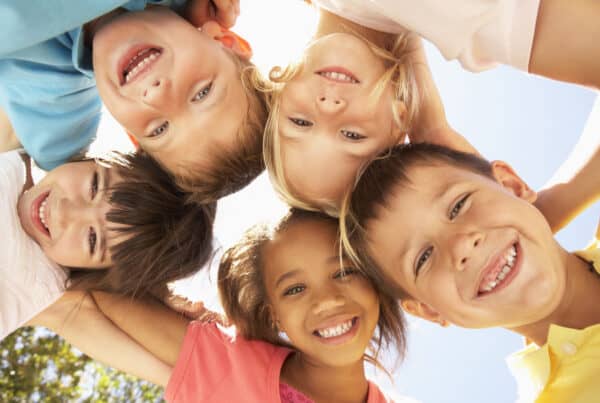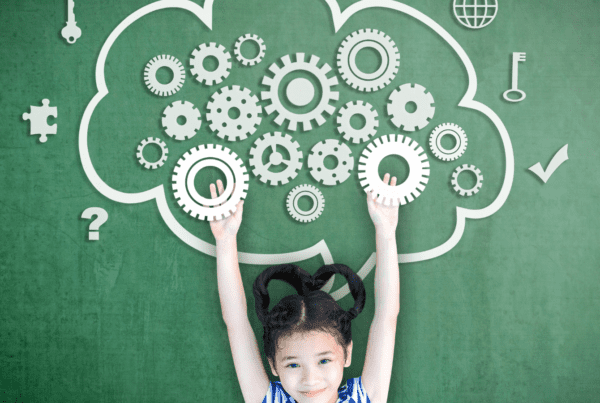Health and Wellbeing Benefits of Physical Education
Healthy bodies and healthy minds are essential for effective learning, particularly in an increasingly technology-driven and fast-paced world. The Physical Education program delivered in schools contributes significantly to the development of health and wellbeing in children and adolescents. Plus, it’s an area of education that has many cross-curriculum benefits. From early years through to senior school, the capacity for students to engage in physical activity is paramount for their physical, academic, social, emotional and psychological development.
Physical Education in the Early Years and Primary School
In the early years, physical activity is essential for the development of motor skills, reflexes, coordination, movement and posture. As children grow, the benefits of a physical education program expand into the development of early social and emotional skills. These include learning to work with others, building friendships, developing confidence and learning empathy, compassion and resilience.
These areas of physical and self-development directly influence learning and academic performance.
Primary school children are encouraged to engage in a range of physical activity outside of the classroom, from play during lunch breaks through to co-curricular opportunities and school events such as sports carnivals. It is through participation in these activities that children develop key character strengths, a sense of personal achievement and the development of the concept of healthy sportsmanship.
Encouraging regular physical activity and participation in the primary school years helps to establish good behaviours and attitudes. These behaviours and attitudes will serve as a positive foundation for future healthy lifestyles.
Physical Education in adolescents
In the secondary school context, the Physical Education (P.E) program is an essential element in providing a holistic education. The P.E. curriculum concentrates on both physical health and development, as well as developing students’ understanding and critical thinking on a range of social, moral and ethical topics. The benefits of a robust P.E. program in the secondary years extend well beyond the classroom and sporting fields.
Through curriculum-based and co-curricular opportunities, undertaking physical activity has direct benefits for adolescents. This includes the healthy development of wellbeing, resilience and happiness. For example, regular physical activity leads to increased energy levels and better sleep habits. These, in turn, contribute to improved concentration and focus in the classroom.
Regular physical activity through co-curricular sports and teamwork helps students learn to be punctual, to be responsible and accountable for their own actions. In addition, it helps to develop effective organisation skills, which again, all contribute to learning and academic outcomes.
The P.E. curriculum also helps to develop emotional intelligence, critical thinking and enquiry, values and social skills. These are all essential for leading a healthy and contributing life in adulthood. Plus, the development of these soft skills also have direct impacts on learning and learning outcomes.
Creating a health and wellbeing orientated society
The world of education is an ever – evolving one, particularly in the secondary context. Physical Education is an area of curriculum that offers a range of various post-school pathways in an increasingly health and well-being oriented society.
Overall, the Physical Education program in schools seeks to provide a foundation for developing active and informed young adults – members of society who are capable of managing the interactions between themselves and their social, cultural and physical environments in the pursuit of good health.





